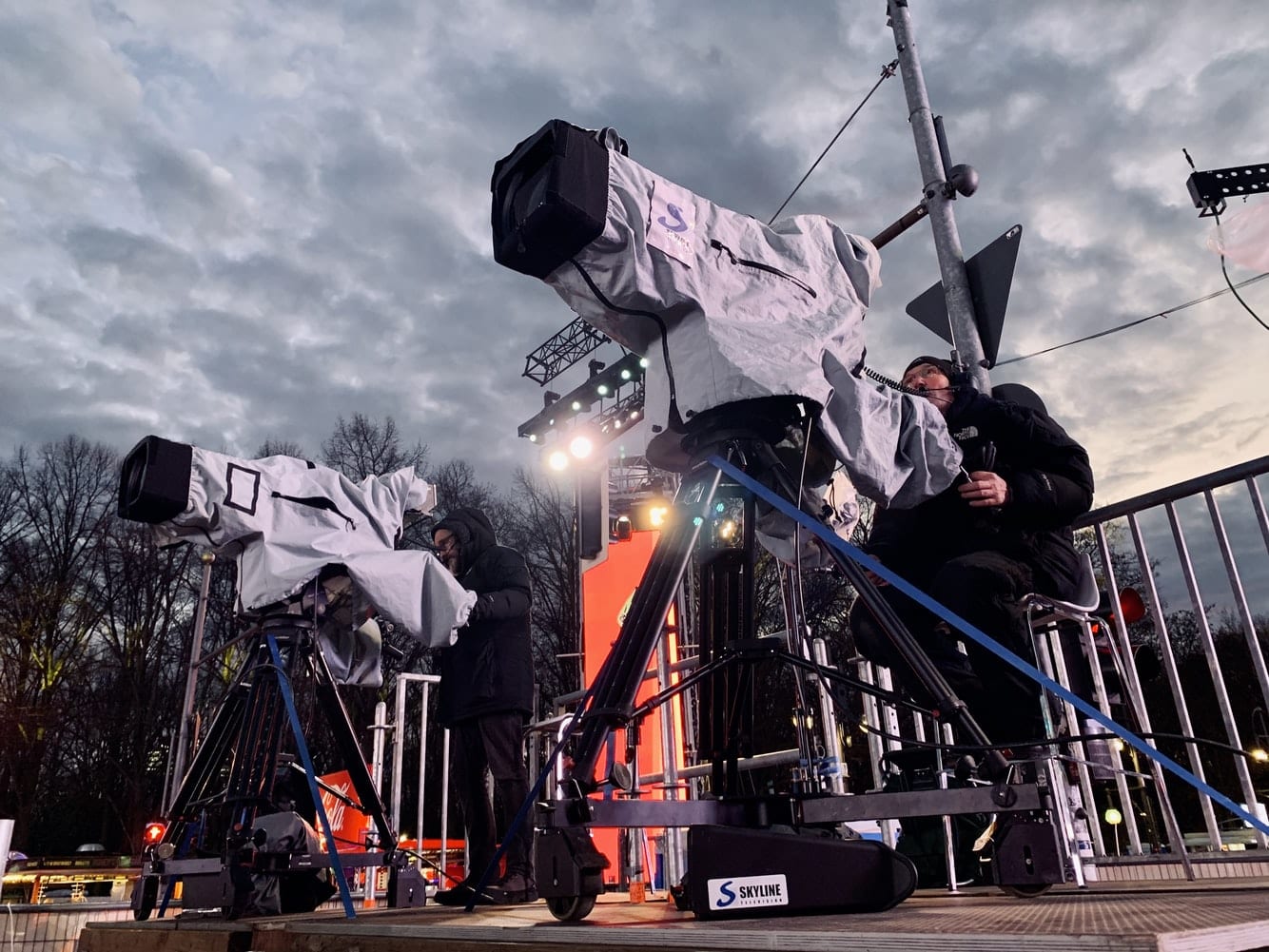Essential Strategies for Enhancing the Lifespan of The LED Display
Wiki Article
Light Emitting Diode screens are becoming increasingly popular for multiple purposes, from advertising to leisure. To ensure that these displays operate effectively over the years, it is crucial to adopt tactics that maximize their lifespan. Comprehending the factors that influence the durability of Light Emitting Diode screens can help operators maintain their functionality and avoid unneeded replacements.
One of the main factors that can prolong the lifespan of an LED screen is appropriate setup. It is vital to have a professional crew handle the setup procedure to ensure all components are properly connected. Poor installation can lead to power issues or mechanical damage. Additionally, the location of the LED screen should take into account surrounding factors such as sunlight exposure and humidity levels. A properly set up display in a suitable site will minimize the chance of damage caused by outside elements.

Regular upkeep is another key tactic to extend the lifespan of an LED wall. This entails regular checks to check for any signs of wear or failure. Dirt and dirt can accumulate on the surface of the Light Emitting Diode screens, affecting brightness and color quality. Wiping the displays with suitable cleaners will assist maintain optimal visibility. It is also important to check the components behind the display, ensuring that all connections are tight and that there are no heat issues, which can significantly shorten the lifespan of the components.
Power control plays a crucial role in improving the longevity of an LED wall. Over-voltage or unstable electricity supply can harm the internal circuitry. To prevent this, using a high-quality power supply and implementing surge protection measures is recommended. Additionally, adjusting the screen to function at lower brightness levels when high brightness is not required can lessen stress on the lights. This not only extends the durability of the screen but also conserves energy, making it a cost-effective choice.
In addition, program control can affect the functionality of LED walls. Regularly updating the software that controls the screen guarantees that it operates smoothly and incorporates any necessary security patches. Outdated software can lead to performance issues and may expose the system to risks. Proper timing of programming can also assist with overseeing the demand of the screen, permitting it to idle during off-peak hours, which can aid to a greater durability.
In conclusion, extending the lifespan of an Light Emitting Diode screen involves a combination of proper setup, routine maintenance, effective electric management, and diligent software management. By concentrating on these essential strategies, operators can guarantee that their LED screens stay functional and aesthetically pleasing for many seasons. Implementing proactive measures will not only improve the performance of the Light Emitting Diode screen visit this website but also provide a greater return on investment over the years.